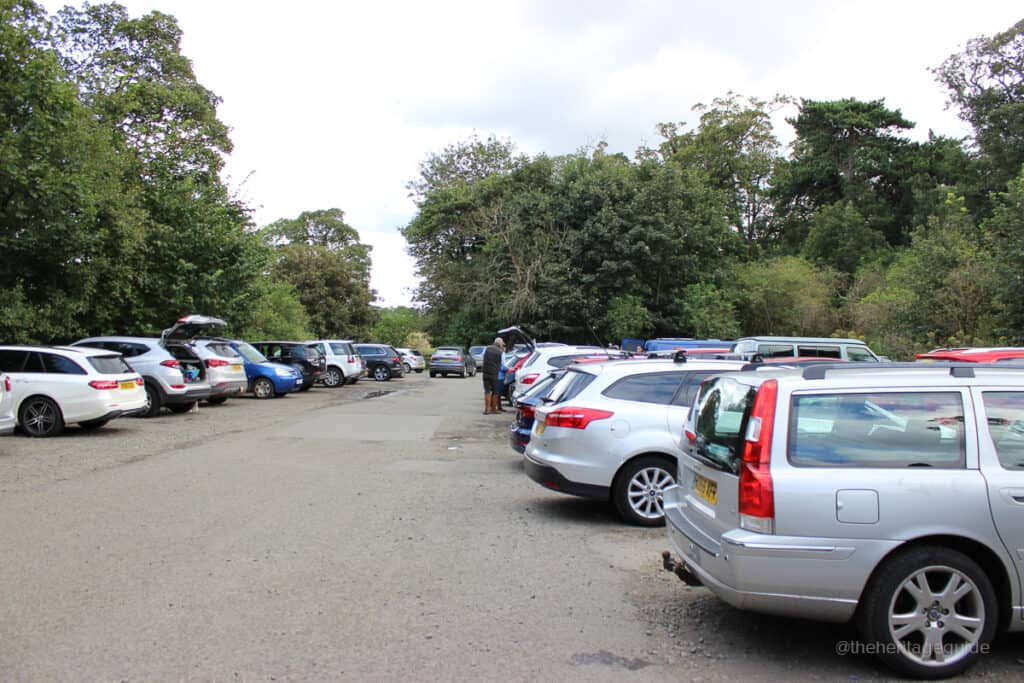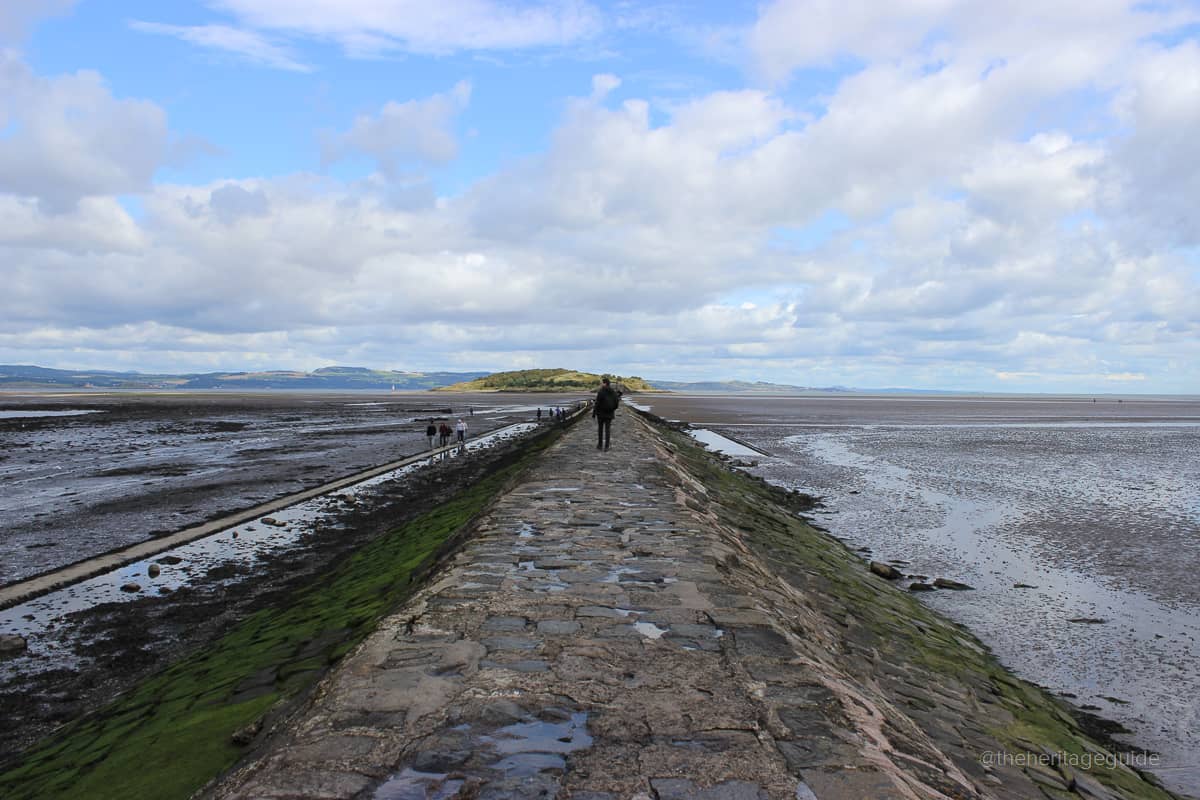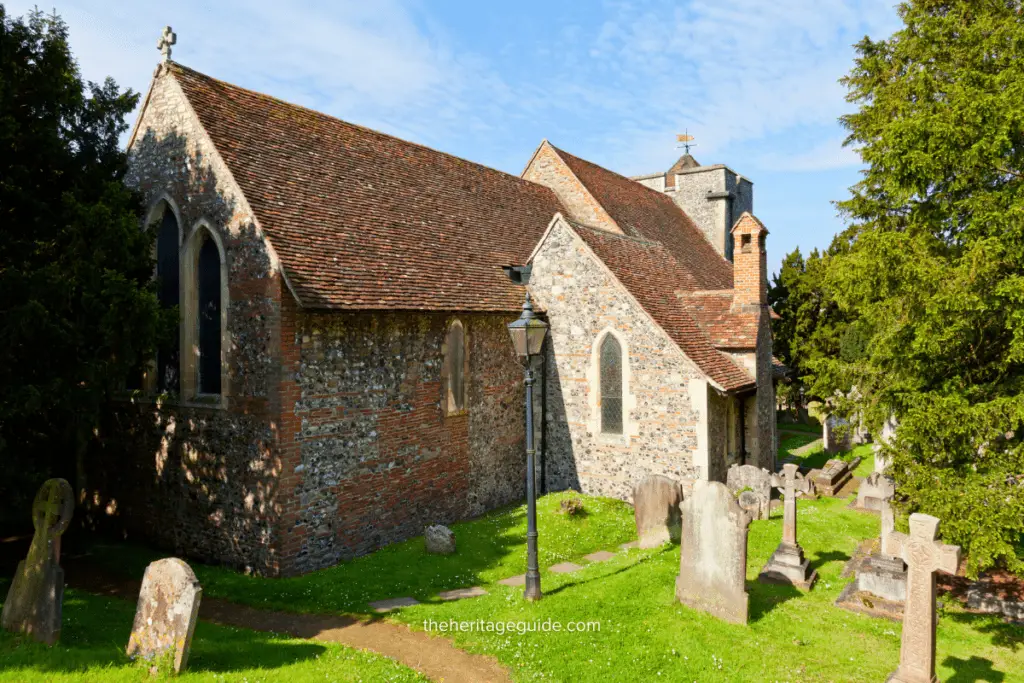Fancy a scenic beach walk near Edinburgh without the crowds of Portobello? Take a trip to Cramond Island in Edinburgh!
Situated near Edinburgh, on the Firth of Forth, Cramond is a delightful village away from the bustle of the city of Edinburgh.
Cramond Island Things To Do
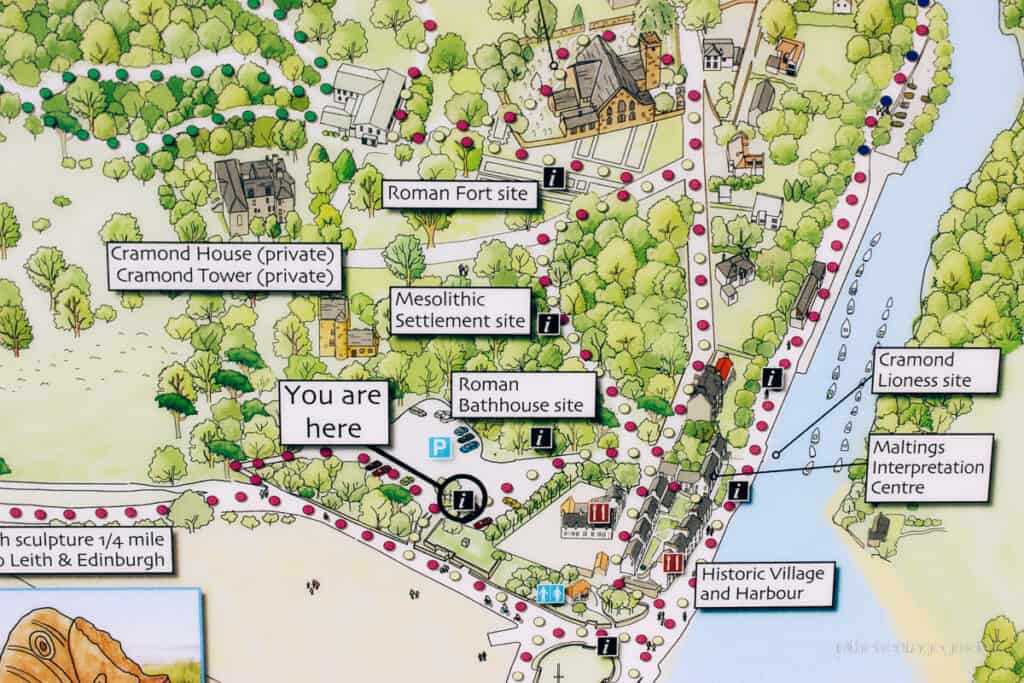
Cramond Island Park Run
I am a terrible runner. I am fully aware of the joy one feels at the end of a run, the satisfaction at having made it home and the smugness at being able to enjoy an afternoon treat guilt free. All of these things are what I love about running, rather than the run itself.
One Saturday to spur myself into a run, I took myself off to Park Run Edinburgh which takes place at Silverknowes Promenade. I was stunned! Emerging out of the car park with seconds to spare, I could see that the water was calm, the sky was blue and there was even an abandoned island to explore!
That was the day I discovered adorable Cramond and since then I have often run there to feel like i’m momentarily transported to a quaint seaside spot.
Cramond hosts the Edinburgh Park Run every Saturday.
Walk Out to Cramond Island
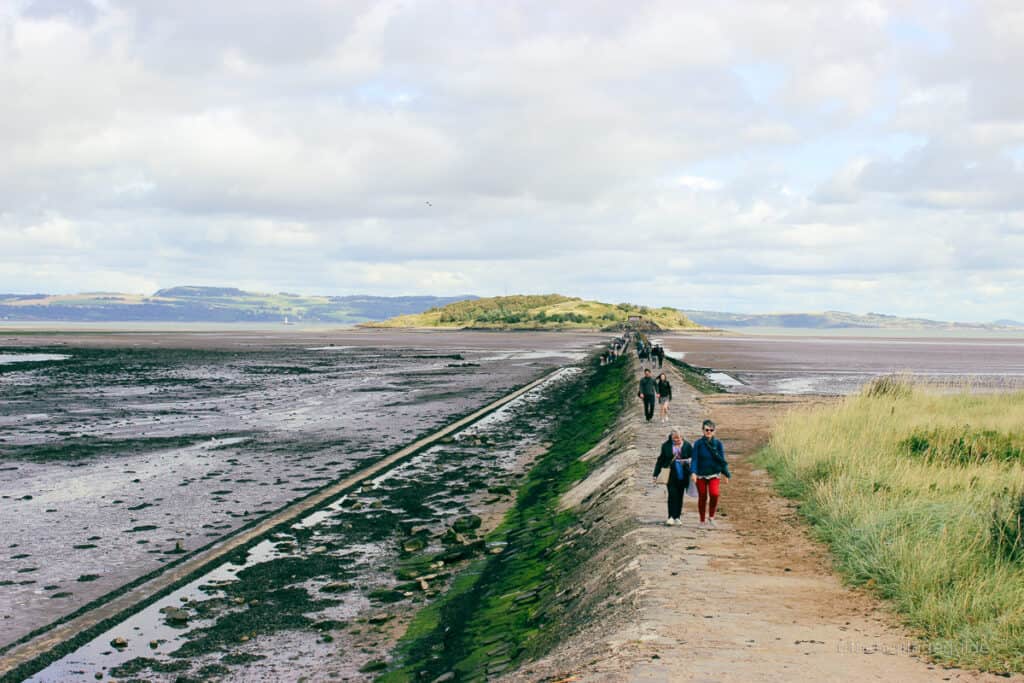
If you are planning a trip to Cramond then you should take a walk to Cramond Island. The island is a tidal island, so is only accessible when the tide is low. Make sure you check the noticeboard for tide times before crossing.
The path to Cramond Island is a mile long and it takes about fifteen to twenty minutes to walk to the island. On a clear day you can see great views of the coastline and the Firth of the Forth bridge.
The huge concrete teeth you can see when the tide is low on the walk to Cramond Island are part of a World War II defence line.
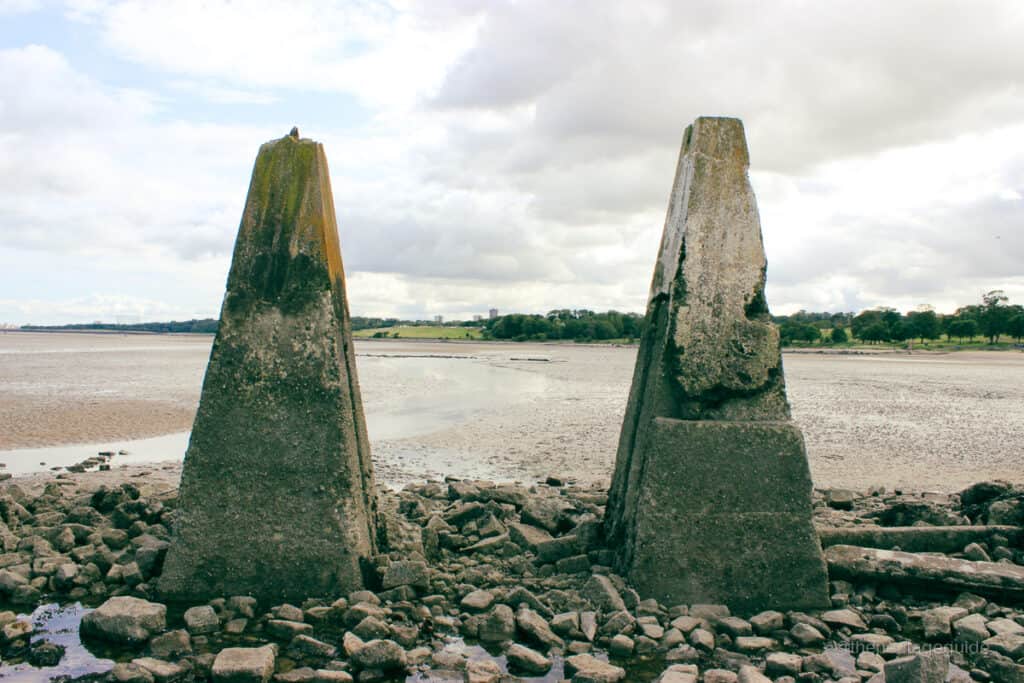
At high tide they are almost completely underwater.
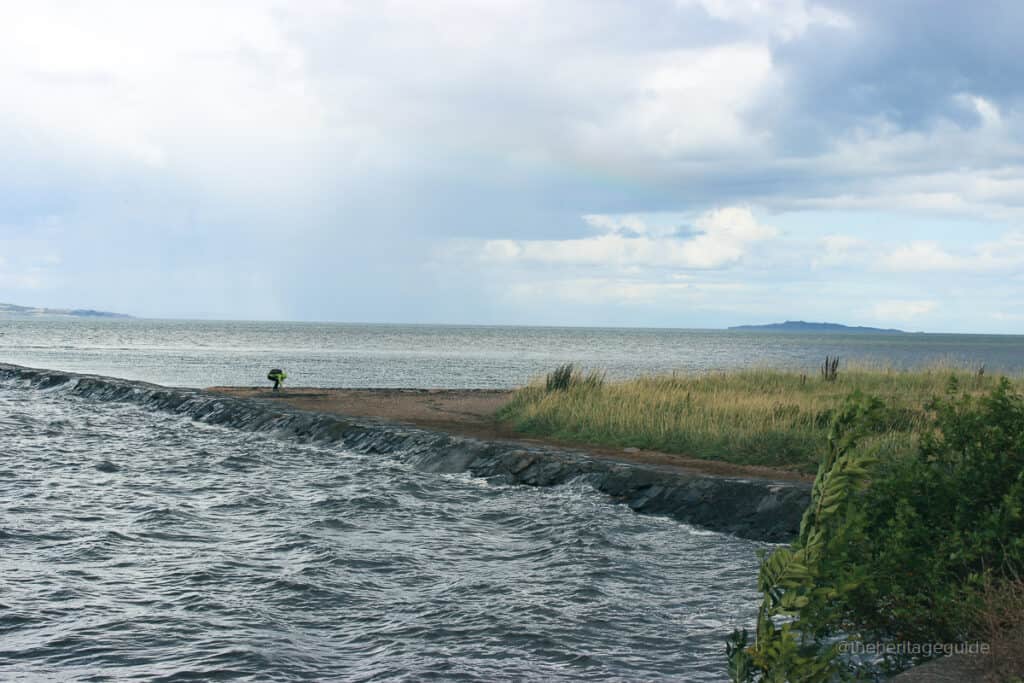
This defence line was built so that enemy boats could not travel down the firth of the firth and enter the mainland. On the north side of the island you can see the remains of the submarine defence boom. Be careful as these remains are not maintained therefore not safe.
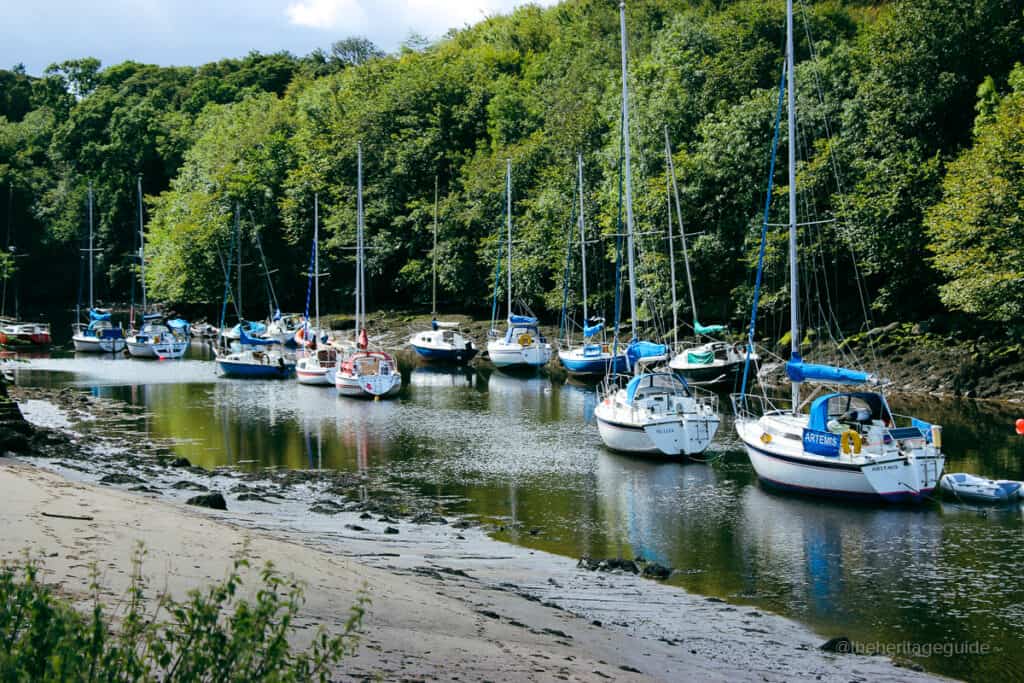
Who Owns Cramond Island?
There is evidence that the government War Office was trying to acquire Cramond Island as early as 1909. Below you can see an extract from the Falkirk Herald from Wednesday 28 April 1909 which states “there was recently a story going on that the War Office authorities had either bought or were negotiating for the purchase of Cramond Island…” a few days before the War Office had denied this, however it was eventually purchased by the War Office and used during World War I.
At the time the article was written, the islet “affords pasturage for a few sheep and has also been in use as a short of pig and poultry farm.”
What is also interesting and unexpected from researching Cramond Island, is that appears that “treacherous quicksands there have proved as fatal to the adventurous…It is not many years since a man lost his life while trying to walk to Cramond Island.”
Cramond Island was fortified in 1915 to cover the anti submarine barrier and was used by the military during World War I.A report from 1923 by the West Lothian Courier on Friday 03 August states that “Cramond Island is now free from all traces of the war, save the concrete beds of the gun bases and a fine bungalow formed out of part of an old canteen.” During the First World War two gun emplacements were installed on Cramond Island and remained there until the end of the war. At the beginning of the Second World War 12 pdrs were re-mounted onto the original emplacements. on the Island are recorded from the island.

None of the buildings from World War I can be seen on the island today, but a few structures remain from World War II including: a gun emplacement, three concrete structures, a concrete structure which housed a searchlight and a roofed building 8 x 5 meters. The site was partly demolished by the army in the 1950’s when they were no longer interested in the Island.
Today Cramond Island is owned by the nearby Dalmeny Estate.
Cramond Kirk
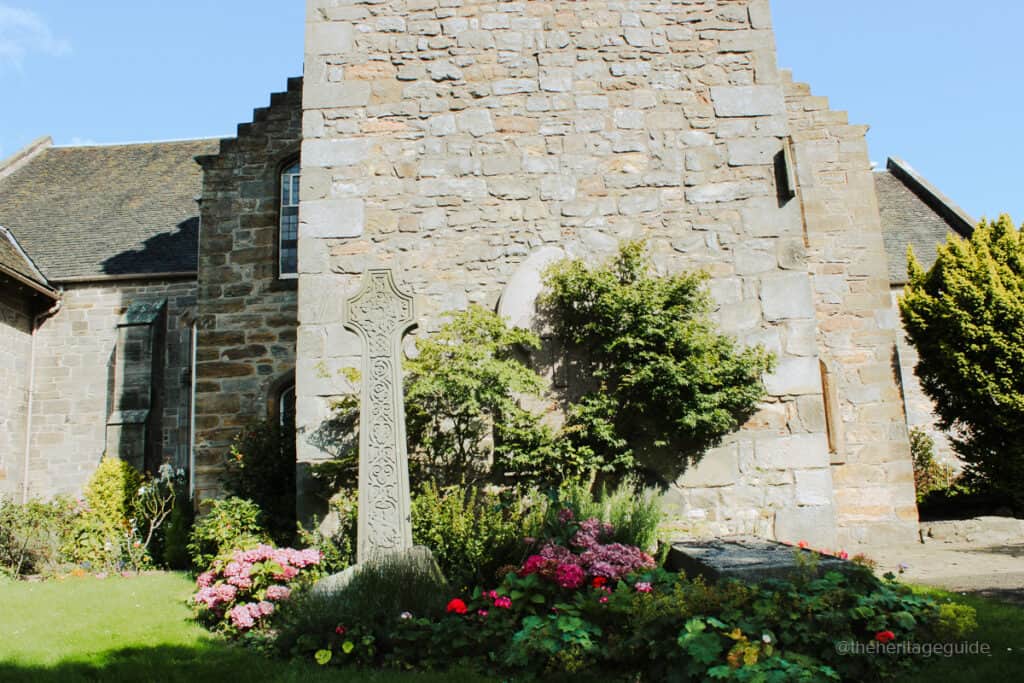
The sign at the entrance of the Kirk reads:
“The first building on the site of Cramond Kirk was a fort built by the Romans in the year 142. It was used by the Emperor Septimum Severus in 208 and stayed under Roman influence until the 4th century.
From the 6th century, when people were Christian, the site has continuously been used as a place of worship. The church as you see it today was built on a fort. The tower, dates from the 15th century. The main body of the kirk, in which the 14th century masonry was re-used, was completed in the year 1656.”
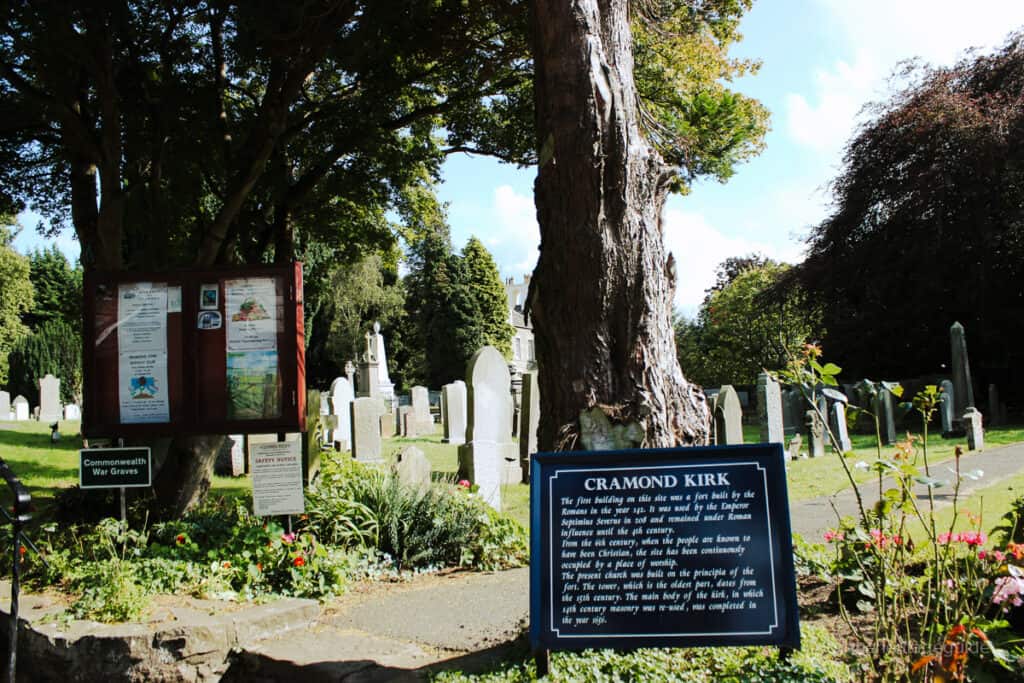
Roman Fort Site
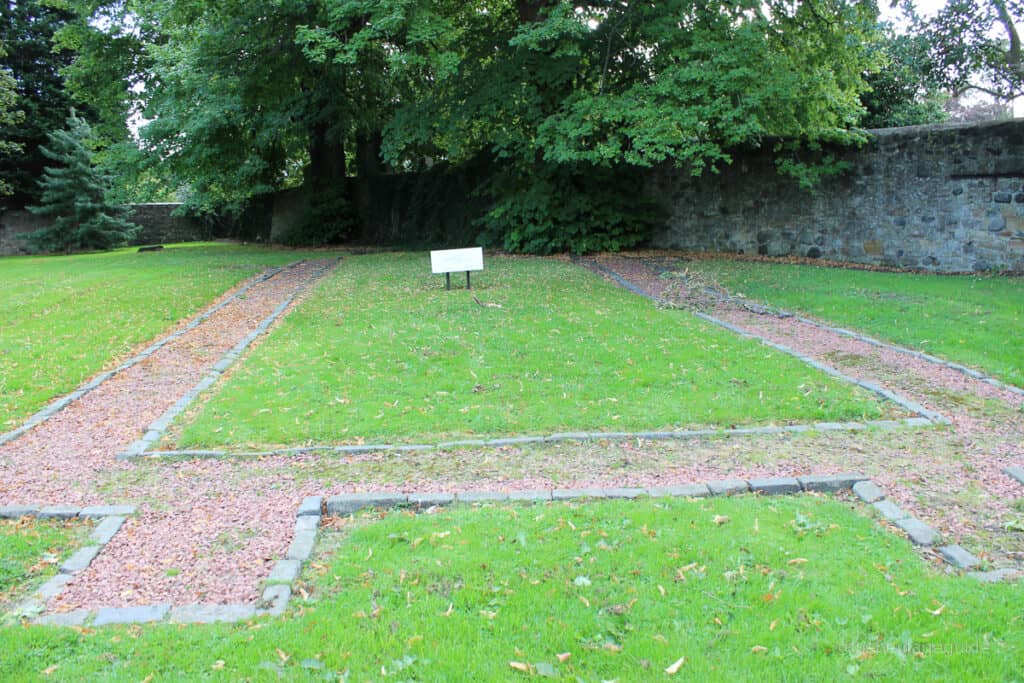
The ultimate destination in the second Antonine occupation of Scotland in A.D 140-63 was the Roman Fort of Cramond. It is possible that in C1 the Romans did not avail themselves at Cramond’s harbour.
The occupation of 140-63 saw the establishment of the Antonine Wall between Forth and Clyde. This wall/ frontier was guarded by nineteen forts and intermediate ‘milecastles’. The name Cramond literally means ‘Fort of the Almond.’ Cramond during the Antonine period would have consisted of a stone vaulted castellum, an extramural settlement and probably a harbour.
A Roman Station was suspected of existing in Cramond due to the discovery over the year of Roman Coins, pottery and inscriptions, but the exact site of the fort was not known until the excavations of 1954-66.
How To Get To Cramond Island
By Bus
Take the Lothian Region Bus, number 41, from Edinburgh to Cramond. Get off at the top of Glebe Road and walk downhill towards the riverside.
By Car
Follow the A90 to Barnton then take the B9085 to Cramond. Go down Glebe Road where you will find a (free) Public Car Park.
It gets busy on Saturday’s and Sunday’s.
